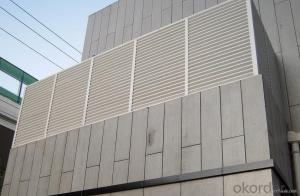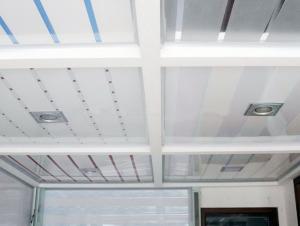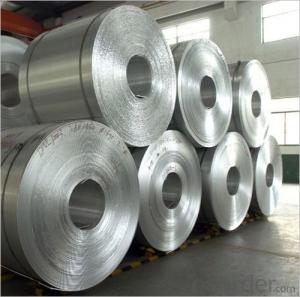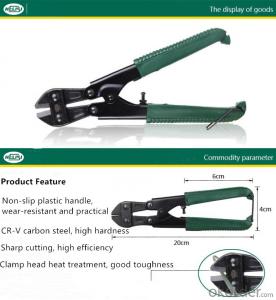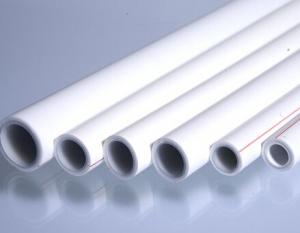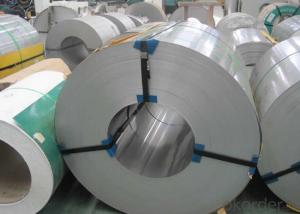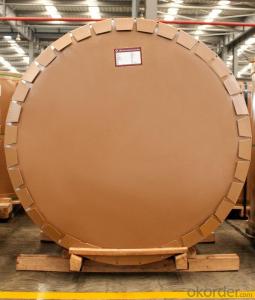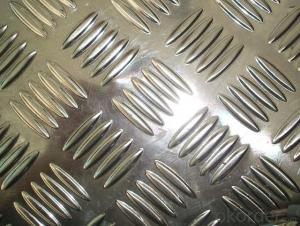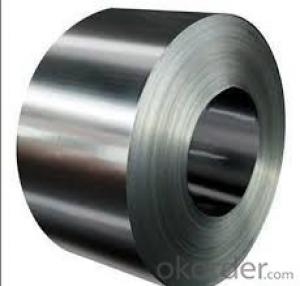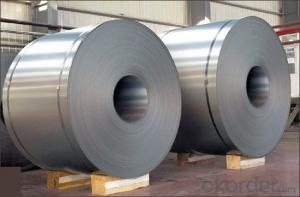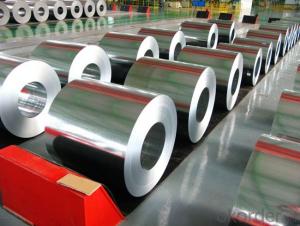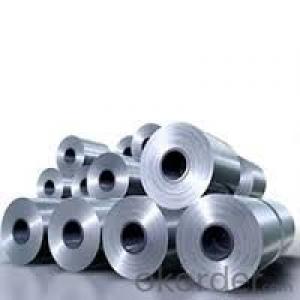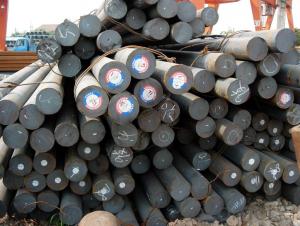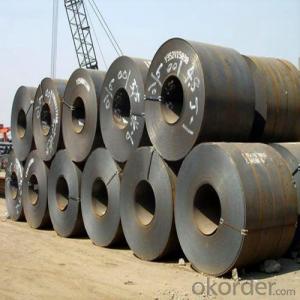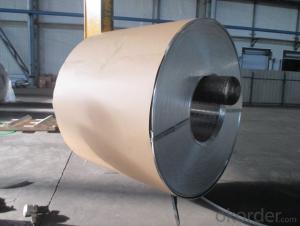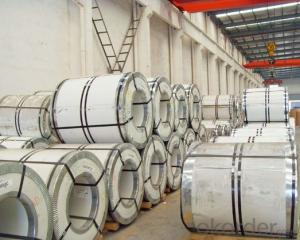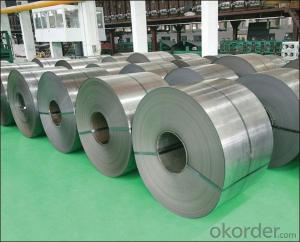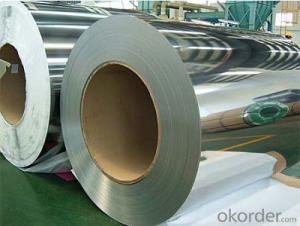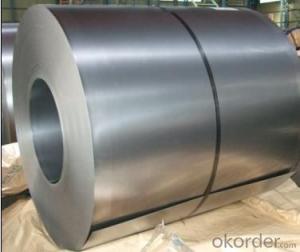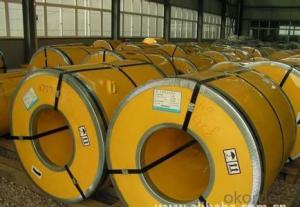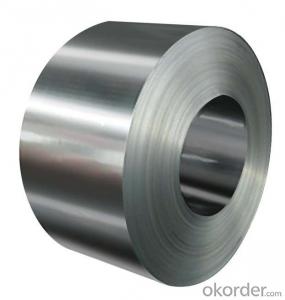Hot Rolled Coil Process
Hot Rolled Coil Process Related Searches
Hot Water Bags For Pain Relief Micro Inverter For Solar Panel Stainless Steel Bucket With Lid Hot Water Bottle With Hose Solar Panel With Ac Inverter Solar Panel With Inverter Kit Solar Panel Kits With Inverter Inverter With Solar Panel Aluminum Sheet With Holes Cover Ham With Aluminum FoilHot Searches
Steel Mesh Panels For Sale Stainless Steel Tank For Sale Stainless Steel Sheets For Sale Cheap High Tea Sets For Sale Stainless Steel Tanks For Sale Stainless Steel For Sale High Density Fiberboard For Sale Solar Hot Water Collectors For Sale Scaffolding For Sale In Uae Scaffolding For Sale In Ireland Scaffolding For Sale In Houston Price Of Shipping Containers For Sale Used Solar Inverter For Sale Portable Led Signs For Sale Stone Hot Water Bottles For Sale Aluminum Coil Stock For Sale Large Led Screens For Sale Aluminum Gutter Coil For Sale Used Aluminum Scaffolding For Sale 1/4 Aluminum Plate For SaleHot Rolled Coil Process Supplier & Manufacturer from China
Okorder.com is a professional Hot Rolled Coil Process supplier & manufacturer, offers integrated one-stop services including real-time quoting and online cargo tracking. We are funded by CNBM Group, a Fortune 500 enterprise and the largest Hot Rolled Coil Process firm in China.Hot Products
FAQ
- Various applications commonly utilize different types of stainless steel strip edges. These options include: 1. Mill Edge: Generated during the hot rolling process, this standard edge features a slightly rounded shape and may contain some mill scale. 2. Slit Edge: Achieved by slicing the coil into narrower strips, this edge is characterized by a straight form, smooth surface, and absence of burrs. 3. Deburred Edge: Formed by eliminating any burrs or sharp edges from the slit edge, this type provides a smoother and safer finish. 4. Rounded Edge: By rounding the strip's sharp edges, this edge is frequently employed in safety-conscious industries like food production. 5. Beveled Edge: Created through the beveling of the strip at a specific angle, this edge finds application in scenarios requiring a tight fit or welding. The selection of a stainless steel strip edge depends on the specific application and desired outcome. Each edge type possesses unique advantages and may be suitable for varying purposes.
- There are several types of surface treatments for stainless steel strips, including passivation, pickling, electro-polishing, and coating. Passivation involves removing any contaminants from the surface to prevent corrosion. Pickling is a chemical treatment that removes impurities and enhances the appearance. Electro-polishing is an electrolytic process that smooths the surface and improves corrosion resistance. Coating involves applying a protective layer to the surface, such as a polymer or metal, to enhance durability and aesthetics.
- Yes, stainless steel strips can be used in food processing applications. Stainless steel is highly resistant to corrosion, easy to clean, and does not react with food, making it a suitable material for various food processing equipment such as conveyors, mixers, and slicing machines.
- Due to their unique composition and properties, stainless steel strips exhibit exceptional resistance against stress corrosion cracking in sulfuric acid. These strips primarily consist of iron, chromium, and nickel, as well as other alloying elements. Chromium plays a crucial role in conferring corrosion resistance by creating a passive oxide layer on the strip's surface, which acts as a protective barrier against corrosive surroundings. In the scenario of sulfuric acid, the inclusion of chromium in stainless steel strips results in the formation of a stable and continuous chromium oxide layer. This layer acts as a safeguard, preventing direct contact between the acid and the underlying metal. The sulfuric acid reacts with the oxide layer, producing a thin coating of metal sulfate on the surface. This coating is highly insoluble and provides an additional defense against further corrosion. Moreover, stainless steel strips often contain a higher concentration of nickel, which enhances their capacity to resist stress corrosion cracking. Nickel enhances the material's ductility and toughness, making it more resistant to the creation and propagation of cracks under stress. It also helps maintain the integrity of the passive oxide layer, ensuring long-term protection against corrosion. Additionally, the specific composition and manufacturing processes employed in the production of stainless steel strips can further augment their resistance to corrosion. For instance, the inclusion of molybdenum improves their ability to withstand pitting and crevice corrosion, which can be particularly problematic in sulfuric acid environments. In summary, the ability of stainless steel strips to resist stress corrosion cracking in sulfuric acid is primarily attributed to the formation of a passive oxide layer, the presence of alloying elements like chromium and nickel, and the inclusion of additional elements such as molybdenum. These factors collaborate to deliver excellent corrosion resistance, establishing stainless steel strips as a dependable and durable choice for applications in sulfuric acid environments.
- Stainless steel strips are known for their excellent resistance to solvents. They are highly durable and can withstand exposure to various solvents without significant damage or corrosion. The composition of stainless steel, which includes a high percentage of chromium, provides a protective layer called chromium oxide. This layer acts as a shield against solvents, preventing them from penetrating the steel surface and causing any adverse effects. Furthermore, stainless steel strips have low reactivity with solvents, making them suitable for use in environments where exposure to chemicals is common. They are resistant to many organic solvents, such as alcohols, acetone, and hydrocarbons, as well as some inorganic solvents like acids and bases. It is important to note that while stainless steel strips generally have excellent resistance to solvents, their performance may vary depending on the specific type and concentration of the solvent, as well as the duration of exposure. In some cases, prolonged exposure to aggressive solvents or high concentrations may lead to slight discoloration or etching on the stainless steel surface. To ensure optimal performance and longevity, it is recommended to choose the appropriate grade of stainless steel for specific solvent applications. Consulting with stainless steel manufacturers or industry experts can provide valuable guidance on selecting the most suitable stainless steel grade for a particular solvent environment. Regular cleaning and maintenance, including wiping off any spilled solvents and avoiding abrasive cleaning agents, can also help preserve the integrity and appearance of stainless steel strips exposed to solvents.
- Stainless steel strips are indeed capable of being utilized as heat exchanger plates. Given its exceptional durability and resistance to corrosion, stainless steel proves to be a fitting material for heat exchangers. The strips can conveniently be molded into plates of diverse shapes and sizes, granting flexibility in both design and installation. Moreover, stainless steel boasts outstanding thermal conductivity, guaranteeing effective heat transfer between fluids. All in all, due to their robustness, resistance to corrosion, and thermal conductivity properties, stainless steel strips are widely favored as heat exchanger plates.
- To prevent stress corrosion cracking in stainless steel strips, there are several measures that can be implemented: 1. Optimal material selection: It is important to select the appropriate grade of stainless steel that possesses a high resistance to stress corrosion cracking. Austenitic stainless steels, like 304 and 316, are commonly utilized due to their corrosion resistance properties. 2. Avoidance of corrosive environments: Ensuring that the stainless steel strips are not exposed to environments containing corrosive elements, such as chlorides, acids, or alkalis, is crucial. This can be achieved through proper storage and handling techniques, as well as avoiding contact with corrosive chemicals. 3. Regulation of stress levels: Stress corrosion cracking is more prone to occur when stainless steel is subjected to tensile stress. Minimizing stress levels can be accomplished by refraining from excessive bending, forming, or welding of the strips. Utilizing appropriate design and manufacturing techniques, like using suitable radii for bends and reducing residual stresses, can aid in the prevention of stress corrosion cracking. 4. Surface protection: The application of a protective coating or passivation treatment on the stainless steel strips can create a barrier against corrosive agents. Passivation eliminates surface contaminants and forms a passive oxide layer, which enhances the material's resistance to corrosion. 5. Regular maintenance and inspection: Regularly inspecting the stainless steel strips for any signs of corrosion or cracking is essential. This enables early detection and prompt corrective actions, preventing further damage and ensuring the longevity of the material. By adhering to these preventive measures, stress corrosion cracking can be effectively minimized, guaranteeing the durability and performance of stainless steel strips in various applications.
